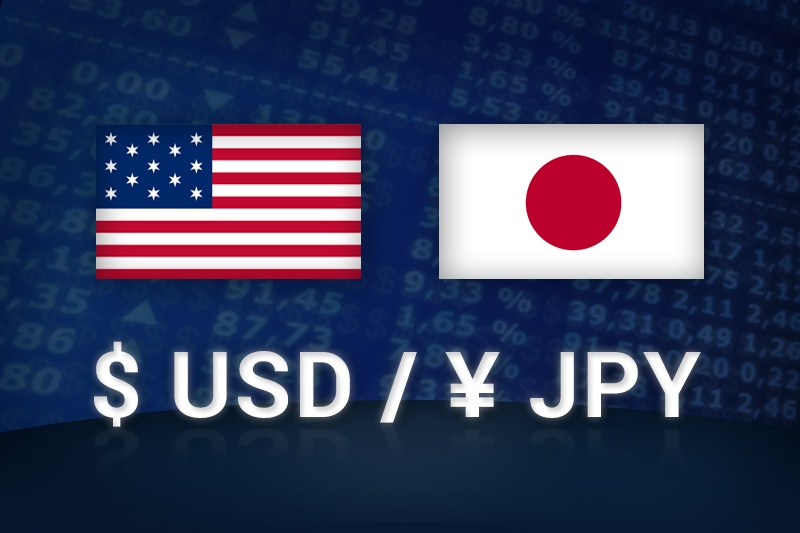Investing.com - The U.S. dollar was lower against the yen on Monday, as risk sentiment slightly weakened amid concerns over the long term effectiveness of recently announced measures to tackle the euro zone’s financial woes.
USD/JPY hit 79.50 during early European trade, the session low; the pair subsequently consolidated at 79.56, declining 0.30%.
The pair was likely to find support at 79.12, the low of June 29 and short term resistance at 80.06, the high of May 23.
On Friday, European Union leaders agreed to use the euro zone’s bailout funds to support struggling banks directly, without adding to national debt and also agreed to set up a joint banking supervisory body for the euro area.
In addition to the direct recapitalization of Spain’s banks, euro zone bailout funds will be able to purchase government debt in order to keep down borrowing costs.
But market sentiment cooled on Monday, as details about how and when European leaders can put the newly agreed measures into practice still remained uncertain.
Investors were also eyeing the outcome of the European Central Bank’s policy meeting on Thursday, amid growing expectations for a rate cut to support the faltering economy.
In Japan, the Tankan manufacturing index improved unexpectedly in the second quarter, ticking up to minus 1 from a reading of minus 4 the previous quarter. Analysts had expected the index to remain unchanged in the second quarter.
The Tankan non-manufacturing index rose to 8 in the second quarter from a reading of 4, beating expectations for a rise to 6.
Also Monday, Bank of Japan Deputy Governor Hirohide Yamaguchi said sharp rises in the yen due to Europe's debt woes could hurt Japanese firms' profits and the country's economy, adding to expectations for further monetary easing at the bank’s next policy meeting.
Elsewhere, the yen was higher against the euro with EUR/JPY dropping 0.65%, to hit 100.40.
Later in the day, the U.S. Institute for Supply Management was to release a report on activity in the manufacturing sector.
USD/JPY hit 79.50 during early European trade, the session low; the pair subsequently consolidated at 79.56, declining 0.30%.
The pair was likely to find support at 79.12, the low of June 29 and short term resistance at 80.06, the high of May 23.
On Friday, European Union leaders agreed to use the euro zone’s bailout funds to support struggling banks directly, without adding to national debt and also agreed to set up a joint banking supervisory body for the euro area.
In addition to the direct recapitalization of Spain’s banks, euro zone bailout funds will be able to purchase government debt in order to keep down borrowing costs.
But market sentiment cooled on Monday, as details about how and when European leaders can put the newly agreed measures into practice still remained uncertain.
Investors were also eyeing the outcome of the European Central Bank’s policy meeting on Thursday, amid growing expectations for a rate cut to support the faltering economy.
In Japan, the Tankan manufacturing index improved unexpectedly in the second quarter, ticking up to minus 1 from a reading of minus 4 the previous quarter. Analysts had expected the index to remain unchanged in the second quarter.
The Tankan non-manufacturing index rose to 8 in the second quarter from a reading of 4, beating expectations for a rise to 6.
Also Monday, Bank of Japan Deputy Governor Hirohide Yamaguchi said sharp rises in the yen due to Europe's debt woes could hurt Japanese firms' profits and the country's economy, adding to expectations for further monetary easing at the bank’s next policy meeting.
Elsewhere, the yen was higher against the euro with EUR/JPY dropping 0.65%, to hit 100.40.
Later in the day, the U.S. Institute for Supply Management was to release a report on activity in the manufacturing sector.
